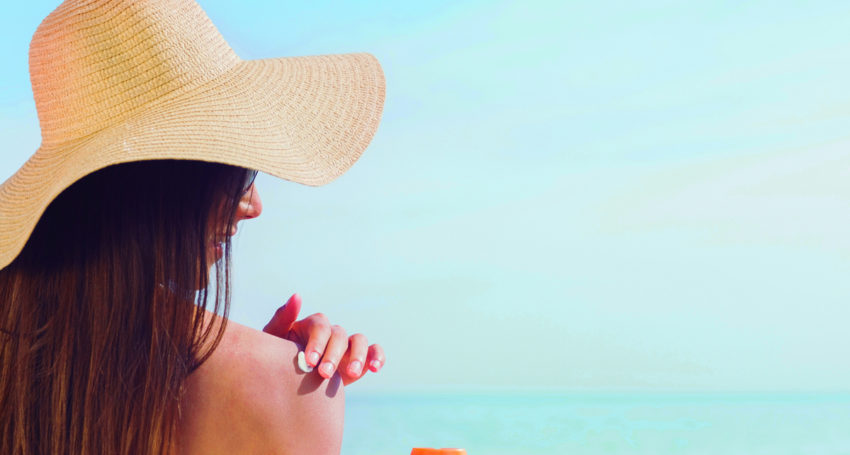Australian researchers bust toxic sunscreen myth
Health & Medical
An Australian study into the potential toxicity of sunscreen has busted the myth that nanoparticulate-based sunscreens are not safe.

Sign up to receive notifications about new stories in this category.
Thank you for subscribing to story notifications.

The study led by the University of Queensland and University of South Australia provides the first direct evidence that zinc oxide nanoparticles used in sunscreen neither penetrate the skin nor cause cellular toxicity after repeated applications.
The research, published this week in the Journal of Investigative Dermatology, refutes widespread claims among some public advocacy groups – and a growing belief among consumers – about the safety of nanoparticulate-based sunscreens.
University of South Australia and UQ lead investigator Professor Mike Roberts and his co-researchers in Brisbane, Adelaide, Perth and Germany studied the safety of repeated applications of zinc oxide nanoparticles applied to five volunteers aged between 20 and 30 years.
Volunteers applied the ZnO nanoparticles every hour for six hours on five consecutive days.
“Using superior imaging methods, we established that the nanoparticles remained within the superficial layers of the skin and did not cause any cellular damage,” Professor Roberts said.
“We hope that these findings help improve consumer confidence in these products and in turn lead to better sun protection. The terrible consequences of skin cancer and skin damage caused by prolonged sun exposure are much greater than any toxicity posed by approved sunscreens.”
Professor Roberts said the myth about sunscreen toxicity took hold after previous animal studies found much higher skin absorption of zinc-containing sunscreens than in human studies.
“There were concerns that these zinc oxide nanoparticles could be absorbed into the epidermis, with toxic consequences, including DNA damage,” he said.
The toxicity link was picked up by consumers, sparking fears that Australians could reduce their sunscreen use, echoed by a Cancer Council 2017 National Sun Protection Survey showing a drop in the number of people who believed it was safe to use sunscreens every day.
Australia has the highest rate of skin cancer in the world – two in three Australians will be diagnosed with skin cancer by the age of 70.
Jump to next article



